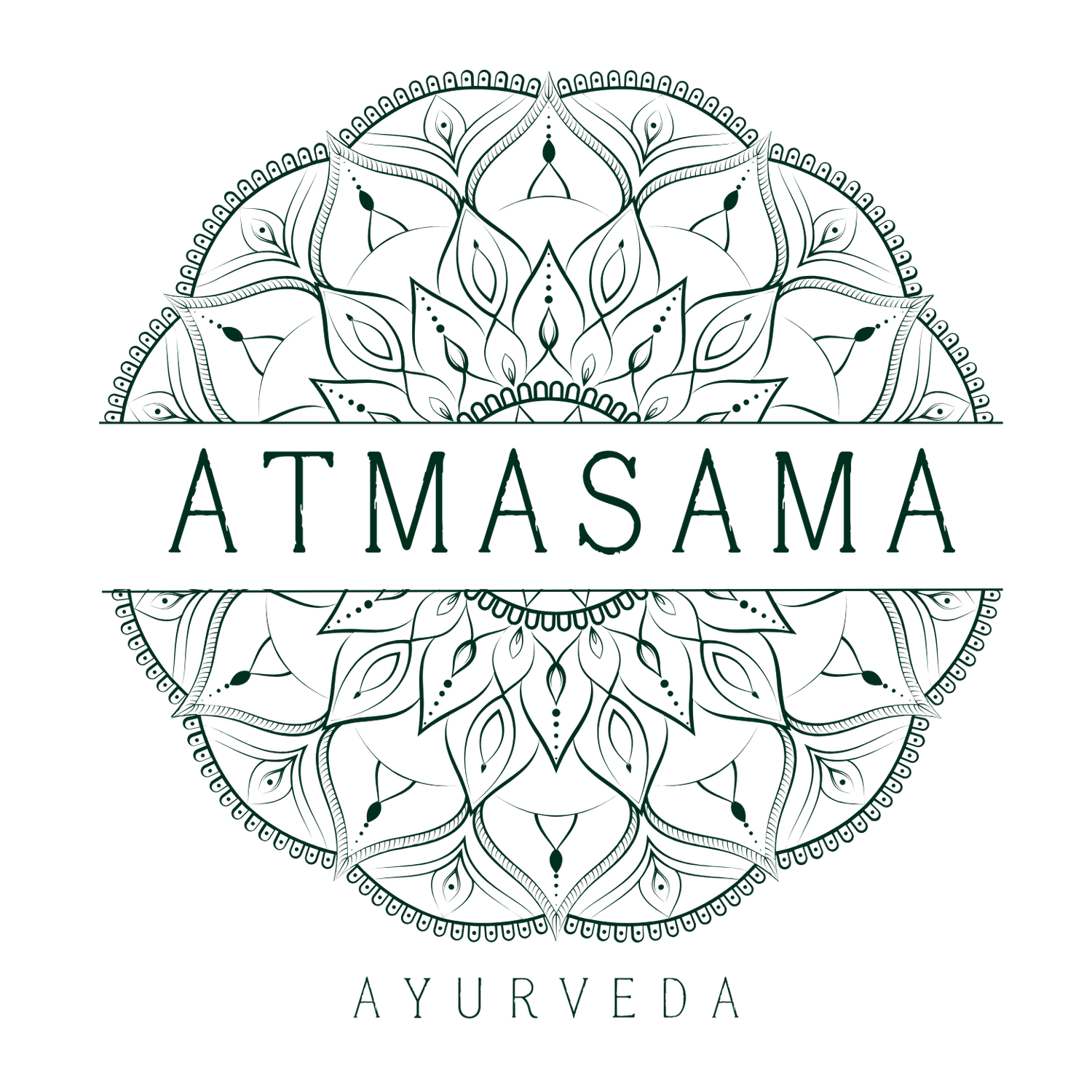1. What Is Ayurveda? A Beginner’s Guide to Natural Healing
There’s a quiet longing that often brings people to Ayurveda.
It might begin with a persistent symptom — poor digestion, fatigue, anxiety, acne — or something less tangible, like a sense of disconnection from the body, or from life itself.
Modern healthcare can be loud: fix this, suppress that, override the message. Ayurveda, by contrast, whispers.
It invites us not to treat the symptom, but to listen to it. To ask not “how do I get rid of this?” but rather “what is this asking of me?”
The Science of Life
The word Ayurveda is often translated as “the science of life” — but it’s more intimate than that. Ayus means life in its fullest sense: body, mind, soul, relationships, seasons, and spirit. Veda is deep knowledge, not from textbooks, but from direct experience — the kind of knowing that lives in your bones.
This is not a belief system. It is a system of observation.
Thousands of years ago, Ayurvedic sages sat in contemplation, observing the natural world and its patterns. They noticed how the elements moved — in the sky, in the seasons, in plants, and in people. They saw that health is not a static state, but a dynamic harmony — an ever-shifting dance between inner and outer nature.
The Five Elements and Three Doshas
At the foundation of Ayurvedic theory is the understanding that everything in the universe, including the human body, is composed of five elements:
Space (Ākāśa) — the subtle ether that allows things to exist
Air (Vāyu) — movement, change, breath, nervous impulse
Fire (Tejas) — transformation, digestion, clarity, ambition
Water (Āpas) — cohesion, emotion, fluidity
Earth (Pṛthvī) — structure, stability, memory, strength
These combine in unique ways to form the three doshas:
Vāta (air + space) – movement, dryness, cold
Pitta (fire + a little water) – transformation, heat, sharpness
Kapha (water + earth) – stability, heaviness, moisture
Your prakṛti — or constitutional type — is the particular balance of these doshas you were born with. It reflects your physical, emotional, and mental tendencies.
But life happens. Diet, stress, trauma, climate, relationships — all these things affect us. And when the doshas move out of balance (called vikṛti), symptoms arise. Not because the body is broken, but because it’s intelligent — trying to restore harmony in the only way it knows how.
Symptoms as Signals
In Ayurveda, disease doesn’t begin when a diagnosis is made. It begins when agni, the digestive fire, is disturbed. This can be subtle: a loss of appetite, foggy thoughts, irregular sleep, emotional reactivity. If ignored, undigested matter — physical or emotional — turns into āmā, a toxic residue that clogs the body’s channels (srotas) and eventually manifests as disease.
So before reaching for a remedy, Ayurveda asks:
Is your digestion strong and regular?
Do you feel connected to your body?
Are you living in rhythm with your environment?
Because if the root isn’t addressed, the branch will keep growing back.
Healing Is Personal
There is no “one size fits all” in Ayurveda. What cools a fiery Pitta may aggravate a sluggish Kapha. What grounds an anxious Vata may overwhelm a delicate digestion. Even the best medicine becomes harmful if it's not right for the person.
This is why Ayurvedic treatment is always personalised — based on your constitution (prakṛti), current imbalance (vikṛti), the strength of your agni, the season, your age, your mental state, and your capacity for change.
Treatment may include:
Food as medicine – not as a trend, but as a daily act of care
Daily routines (dinacharya) to stabilise the nervous system
Seasonal adjustments (ṛtucharya) to stay in rhythm with nature
Herbal support to support detoxification or nourishment
Manual therapies like Abhyanga (oil massage) to ground the body
Breathwork (prāṇāyāma) and meditation to cultivate inner stillness
More importantly, Ayurveda invites us to slow down enough to notice:
What foods truly nourish me?
What thoughts am I repeating?
Am I living in a way that honours my true nature?
Not Just the Body
Although Ayurveda has profound tools for physical healing, it doesn’t separate body and mind. It sees no distinction between the foods we eat and the thoughts we think. The mind (manas) is considered a subtle organ that digests impressions, emotions, and experiences — and it too can become clouded when overwhelmed.
This is why emotions, trauma, and spiritual inquiry are part of the healing process.
In this way, Ayurveda touches into the same territory that Dr. Gabor Maté often speaks of — how dis-ease is not just a failure of the body, but often the consequence of long-held emotional patterns, stress, disconnection, and the suppression of our truth.
Ayurveda, then, is not about self-improvement. It is about self-remembrance. A returning to your inherent intelligence.
Returning to Rhythm
We are not meant to be exhausted. Or wired. Or in pain every day.
You are not here to constantly push through.
Ayurveda is not promising a life free of difficulty. But it offers something deeper: a way of meeting life with greater resilience, insight, and trust in your body’s wisdom.
When we live in rhythm with nature, the body begins to unwind. Digestion improves. Sleep deepens. Skin clears. Anxiety softens. But more than that — we remember that we are nature. Not separate from it.
And from that place, true healing can begin.
